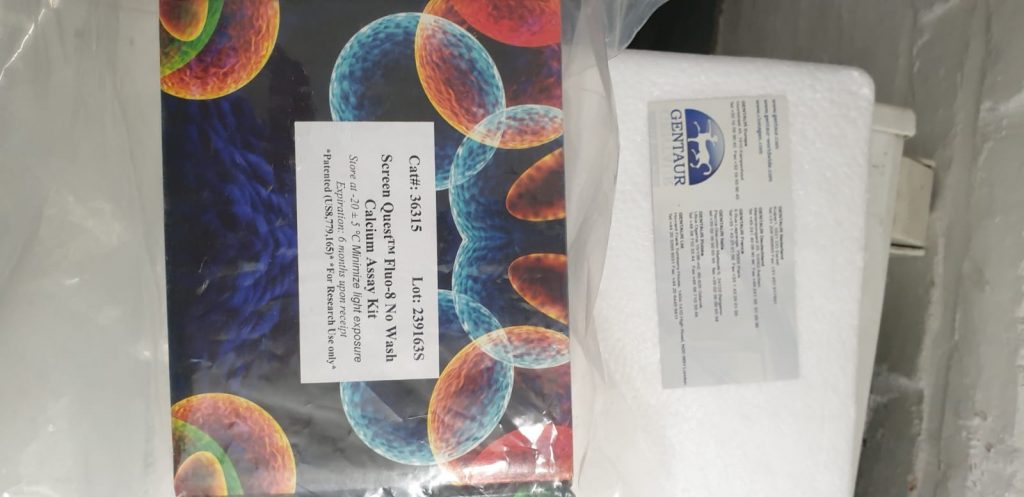With the speedy international unfold of the Coronavirus Illness 2019 (COVID-19) pandemic, a protected and efficient vaccine in opposition to human coronaviruses (HCoVs) is believed to be a prime precedence within the subject of public well being. As a result of frequent outbreaks of various HCoVs, the event of a pan-HCoVs vaccine is of nice worth to biomedical science.
The antigen design is a key prerequisite for vaccine efficacy, and we due to this fact developed a novel antigen with broad protection primarily based on the genetic algorithm of mosaic technique. The designed antigen has a probably broad protection of conserved cytotoxic T lymphocyte (CTL) epitopes to the best extent, together with the present epitopes from all reported HCoV sequences (HCoV-NL63, HCoV-229E, HCoV-OC43, HCoV-HKU1, SARS-CoV, MERS-CoV, and SARS-CoV-2). This novel antigen is anticipated to induce robust CTL responses with broad protection by focusing on conserved epitopes in opposition to a number of coronaviruses.
Design and Synthesis of HCV-E2 Glycoprotein Epitope Mimics in Molecular Development of Potential Artificial Vaccines
Hepatitis C virus stays a worldwide menace, regardless of the provision of extremely efficient direct-acting antiviral (DAA) medicine. With 1000’s of latest infections yearly, the necessity for a prophylactic vaccine is clear. Nonetheless, conventional vaccine design has been unable to supply efficient vaccines up to now. Due to this fact, different methods have to be investigated.
On this work, a chemistry-based method is explored in the direction of absolutely artificial peptide-based vaccines utilizing epitope mimicry, by specializing in extremely efficient and conserved amino acid sequences in HCV, which, upon antibody binding, inhibit its bio-activity. Steady and discontinuous epitope mimics had been each chemically synthesized primarily based on the HCV-E2 glycoprotein whereas utilizing designed absolutely artificial cyclic peptides. These cyclic epitope mimics had been assembled on an orthogonally protected scaffold.
The scaffolded epitope mimics have been assessed in immunization experiments to analyze the elicitation of anti-HCV-E2 glycoprotein antibodies. The neutralizing potential of the elicited antibodies was investigated, representing a primary step in using chemically synthesized epitope mimics as a novel technique in the direction of vaccine design.
Non-Genetically Encoded Epitopes Are Related Targets in Autoimmune Diabetes
Islet antigen reactive T cells play a key position in selling beta cell destruction in kind 1 diabetes (T1D). Self-reactive T cells are sometimes deleted via detrimental choice within the thymus or deviated to a regulatory phenotype. However, these processes are imperfect such that even wholesome people have a reservoir of doubtless autoreactive T cells. What stays much less clear is how tolerance is misplaced to insulin and different beta cell particular antigens.
Islet autoantibodies, the most effective predictor of illness danger, are identified to acknowledge classical antigens corresponding to proinsulin, GAD65, IA-2, and ZnT8. These antibodies are regarded as supported by the enlargement of autoreactive CD4+ T cells that acknowledge these identical antigenic targets. Nonetheless, current research have recognized new lessons of non-genetically encoded epitopes which will replicate essential gaps in central and peripheral tolerance.

Notably, a few of these specificities, together with epitopes from enzymatically post-translationally modified antigens and hybrid insulin peptides, are current at comparatively excessive frequencies within the peripheral blood of sufferers with T1D. We conclude that CD4+ T cells that acknowledge non-genetically encoded epitopes are prone to make an necessary contribution to the development of islet autoimmunity in T1D. We additional suggest that these lessons of neo-epitopes needs to be thought of as attainable targets for methods to induce antigen particular tolerance.
Prediction of neo-epitope immunogenicity reveals TCR recognition determinants and supplies perception into immunoediting
CD8+ T cell recognition of peptide epitopes performs a central position in immune responses in opposition to pathogens and tumors. Nonetheless, the principles that govern which peptides are really acknowledged by present T cell receptors (TCRs) stay poorly understood, precluding correct predictions of neo-epitopes for most cancers immunotherapy. Right here, we capitalize on current (neo-)epitope information to coach a predictor of immunogenic epitopes (PRIME), which captures molecular properties of each antigen presentation and TCR recognition.
PRIME not solely improves prioritization of neo-epitopes but in addition correlates with T cell efficiency and unravels biophysical determinants of TCR recognition that we experimentally validate. Evaluation of most cancers genomics information reveals that recurrent mutations are usually much less frequent in sufferers the place they’re predicted to be immunogenic, offering additional proof for immunoediting in human most cancers. PRIME will facilitate identification of pathogen epitopes in infectious illnesses and neo-epitopes in most cancers immunotherapy.
Antibodies in opposition to HLA cross-reactivity teams: From single antigen bead assay to immunoinformatics interpretation of epitopes
Identification of anti-human leukocyte antigen (HLA) antibodies (Abs) relies on Luminex™ expertise. We used bioinformatics to (i) examine the correlations of imply fluorescence intensities (MFIs) for all of the attainable allele pairs, and (ii) decide the diploma of epitope homology between HLA antigens. Utilizing MFI information on anti-HLA Abs from 6000 Luminex™ assays, we offer an up to date overview of sophistication I and II HLA antigen cross-reactivity wherein every node corresponded to an allele and every hyperlink corresponded to a powerful correlation between two alleles (Spearman’s ρ > 0.8).
We in contrast these correlations with the serological teams and the outcomes of an epitope evaluation. The strongest correlations involved allele-specific Abs directed in opposition to the identical antigen. For the HLA-A locus, the best values of Spearman’s ρ mirrored broad specificity. For the HLA-B locus, graphs outlined the HLA-Bw4 public epitope, and correlations between HLA-A and -B alleles had been solely current for beads with the identical Bw4 public epitope.
[Linking template=”default” type=”products” search=”Assay kit for Canine Chondroitin epitopes 7d4 (ELISA)” header=”3″ limit=”136″ start=”4″ showCatalogNumber=”true” showSize=”true” showSupplier=”true” showPrice=”true” showDescription=”true” showAdditionalInformation=”true” showImage=”true” showSchemaMarkup=”true” imageWidth=”” imageHeight=””]
For the HLA-C locus, we recognized two teams that differed with regard to their KIR ligand subclassification. Lastly, the HLA-DRB1 subgroups had been a part of a community. Within the epitope evaluation, Spearman’s ρ was associated to the variety of matched epitopes inside pairs of alleles.

